New UCI rules target extremely narrow handlebars... but appear to miss
Minimum width is now 350mm from outside to outside - but there's nothing in the new technical regulations about the hoods
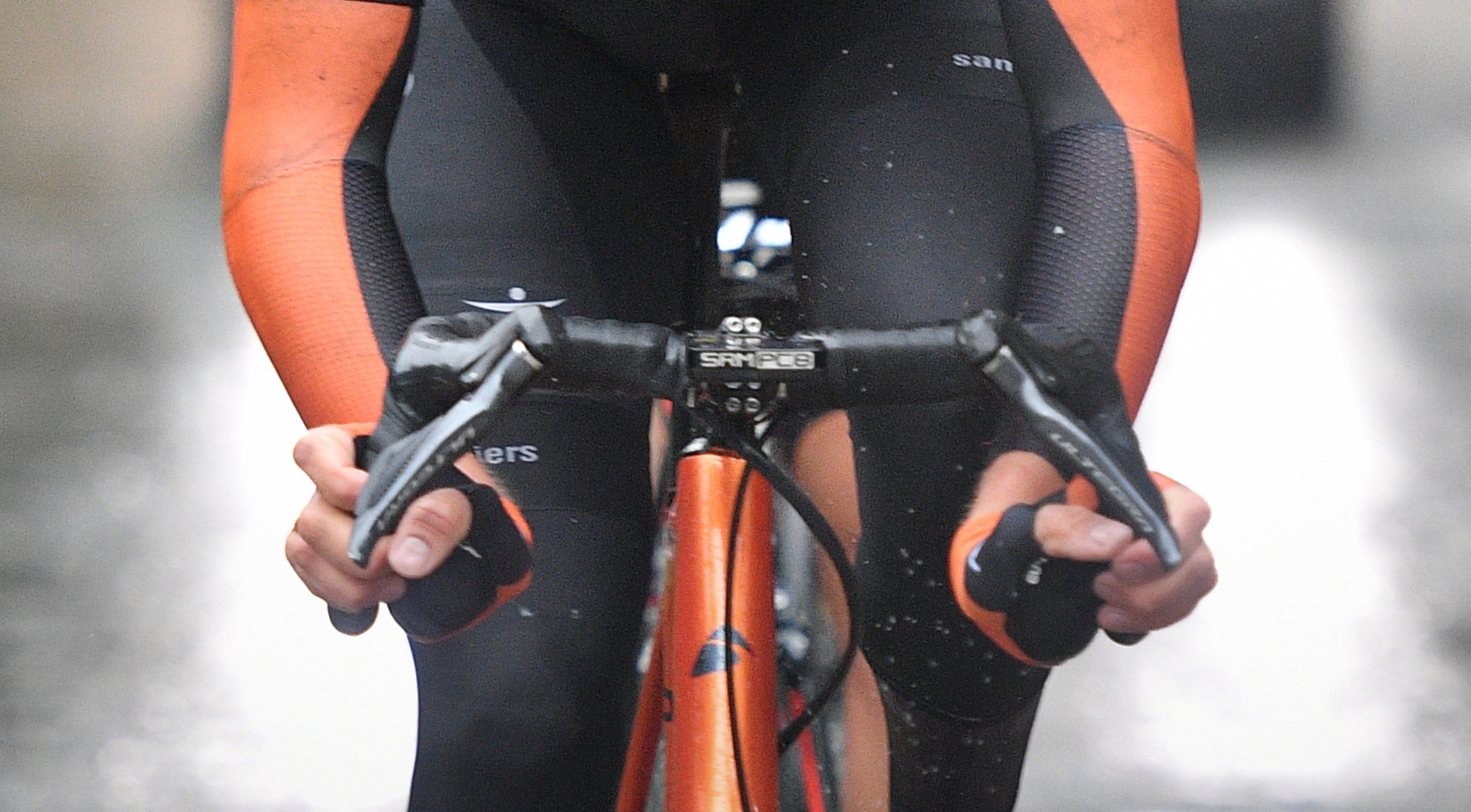
With a new year on the horizon, the UCI has released its updated rules for the 2023 season, with a few notable changes to the technical regulations.
The ‘Clarification Guide of the UCI Technical Regulations’ is 76 pages long and probably only read cover to cover by bicycle engineers and those suffering from insomnia. Much remains unchanged from the previous edition but there are a number of new regulations that catch the eye, none more so than a significant tweak regarding the overall dimensions of a bike allowed in UCI sanctioned events.
Article 1.3.012 previously restricted the maximum width of a bicycle to 500mm, which “directly related the maximum authorized overall width (outside-outside) of handlebars. However, for 2023 a minimum width has been added, with the rule stating: “The minimum overall width (outside-outside) of traditional handlebars (road events) and base bars (road and track events) is limited to 350mm”.
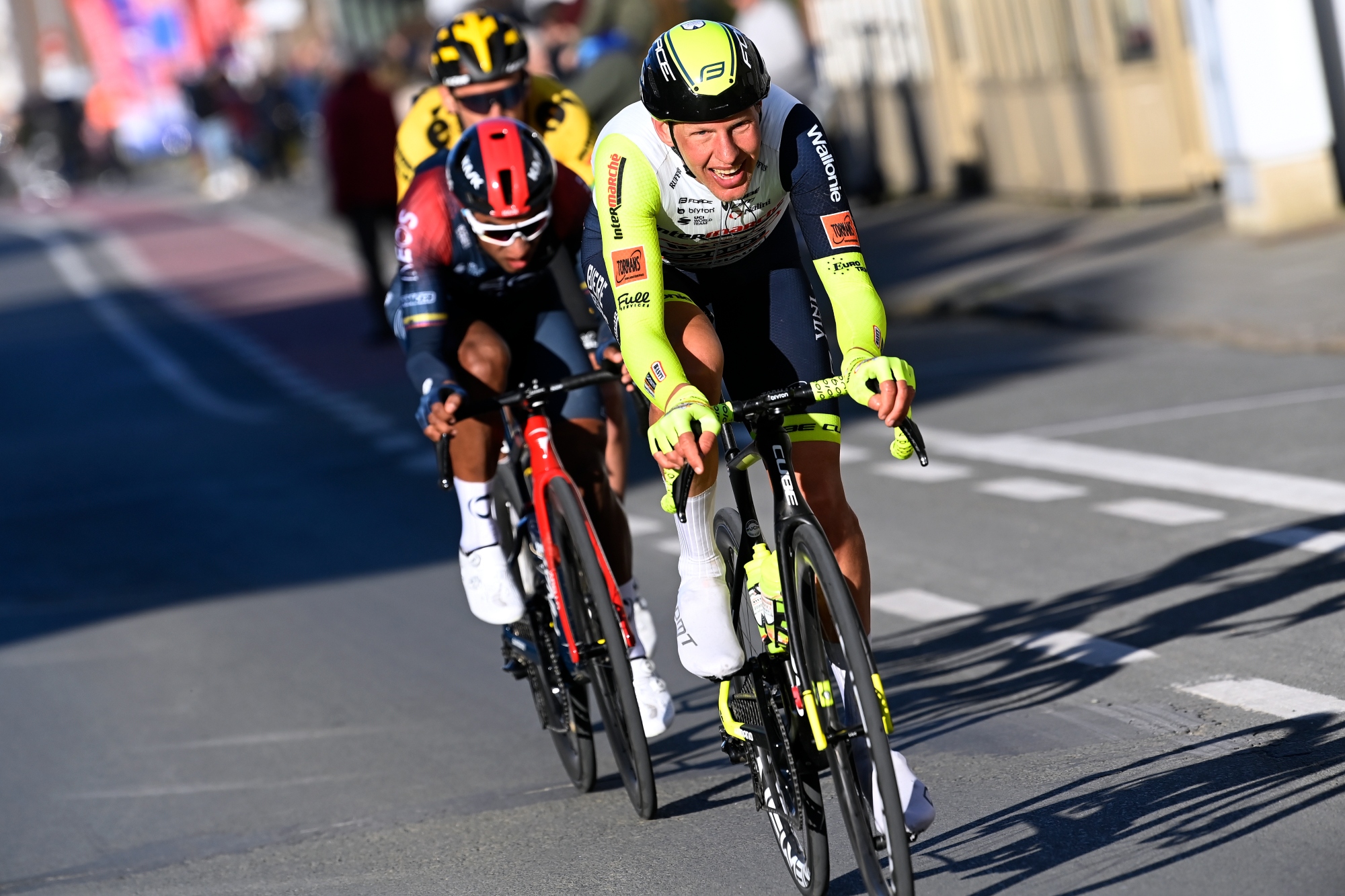
Narrow handlebars, usually combined with the angling inwards of the brake hoods, has been a visible, and growing, trend in the peloton. Proponents include Tim Wellens, Taco van der Hoorn, Victor Campanaerts and Jan Willem van Schip, a rider with serious track pedigree who opted for a track handlebar that measured just 32mm across the hoods and 36mm at the drops; even Remco Evenepoel favoured the setup, which appeared to reduce his already small frontal end further still, making him one of the more aerodynamically efficient riders out there.
So how will the new rule impact handlebar design going forward? It’s likely that we’ll see more flared designs enter the peloton, with Trek’s new Madone SLR already ahead of the game thanks to a bar that sees the shifters moved inwards by 3cm, what Trek calls an “ergonomics decision” that also puts the rider in an optimized position to reduce drag, with the narrow hoods balanced with bars that are 3cm wider in the drops.
By ensuring that the drops are 350mm or wider, riders can then use a narrower hood position that allows them to improve their position and reduce drag. Van Schip’s bars, for example, would still be legal under the new rule.
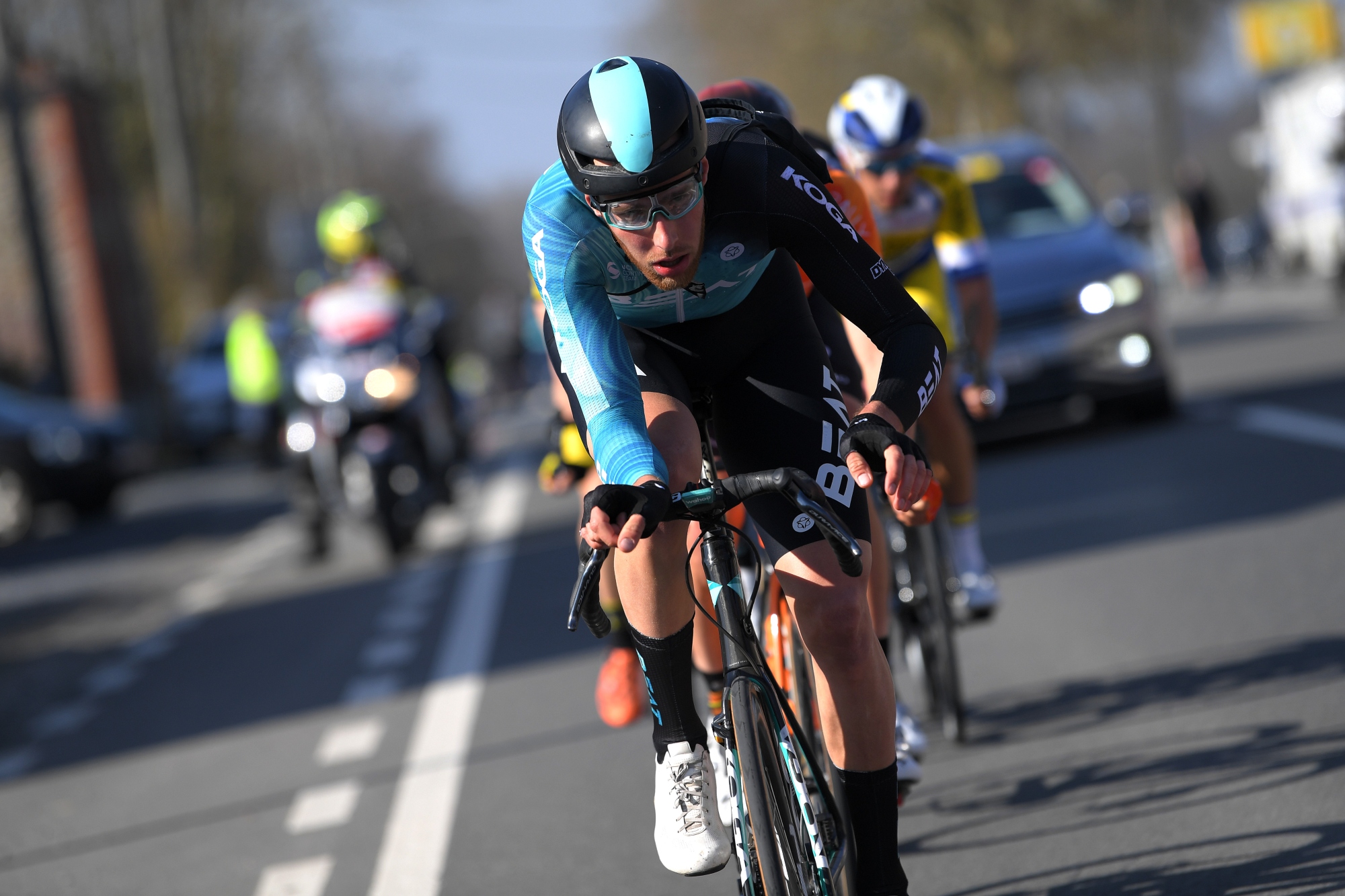
The cockpit is again the area of focus with a rule change that impacts a rider’s overall reach. Article 1.3.022, that deals with, among other things, the positioning of the handlebar, has been amended to read:
"In no case shall the front of the handlebars exceed the vertical plane passing at horizontal distance of 100mm from the axis of the front wheel spindle, which is the control zone of the bicycle”.
And it’s those last words that seem to be at the heart of this rule change, with the UCI going on to state:
“The more forward the handlebar is positioned, the less maneuverable the bicycle will be and the less it will be easy to react quickly to an obstacle or a wind gust. Moreover, this would result in moving the center of gravity of the rider on the bicycle, which would increase even more the risks of loss of control.”
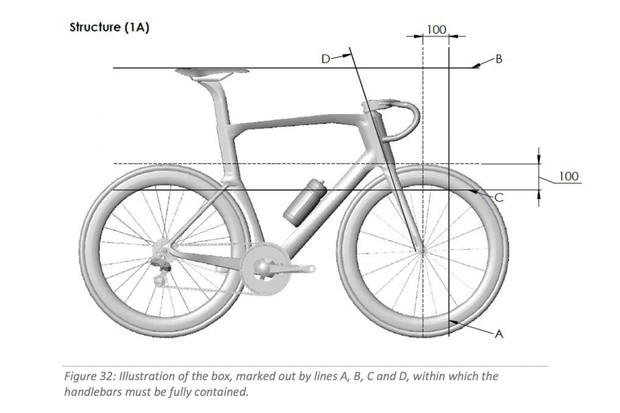
Interestingly though, despite these safety concerns, for road events this is an increase from the previous 50mm, with the now standard 100mm reserved previously just for track sprint events. Could this lead to even longer stems being used by some riders in the peloton as they look to take advantage of the rule change in an attempt to get longer and lower on the bike? Only time will tell.
The changes to rules affecting handlebar regulations don’t stop there. Time trial position rules have been refreshed, with a new three-tier system in place based on rider’s height. Article 1.3.023 reads:
Category 1: Less than 180.0 cm tall For riders less than 180.0 cm tall, the horizontal distance between the vertical planes passing through the bottom bracket axle and the extremity of the fixed time trial extension handlebar, including all accessories, may be a maximum of 800 mm. The height difference between the midpoint of the forearm support and the highest or lowest point of the extension (including accessory) must be less than 100 mm.
Category 2: Between 180.0 cm and 189.9 cm tall For riders between 180.0 cm and 189.9 cm tall, the horizontal distance between the vertical planes passing through the bottom bracket axle and the extremity of the fixed time trial extension handlebar, including all accessories, may be a maximum of 830 mm. The height difference between the midpoint of the forearm support and the highest or lowest point of the extension (including accessory) must be less than 120 mm.
Category 3: 190.0 cm and taller For riders 190.0 cm and taller, the horizontal distance between the vertical lines planes passing through the bottom bracket axle and the extremity of the fixed time trial extension handlebar, including all accessories, may be a maximum of 850 m. The height difference between the midpoint of the forearm support and the highest or lowest point of the extension (including accessory) must be less than 140 mm.
To make use of these exemptions, riders in categories 2 and 3 will also have to submit a “rider height attestation application form” to the UCI as well as informing rules officials during a bike check.
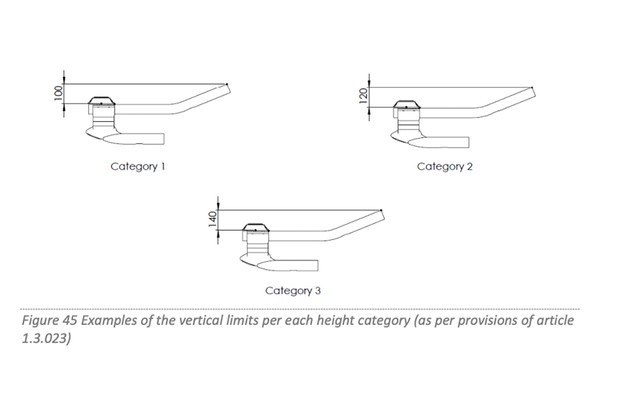
This change in the rules appears to be favourable for taller riders, with both a higher hand position and greater overall reach now allowed, both of which should have a positive effect on their position from an aerodynamics perspective. It could however mean that many amateur riders who compete in UCI sanctioned events will be left with a set of expensive TT bars that are no longer legal.
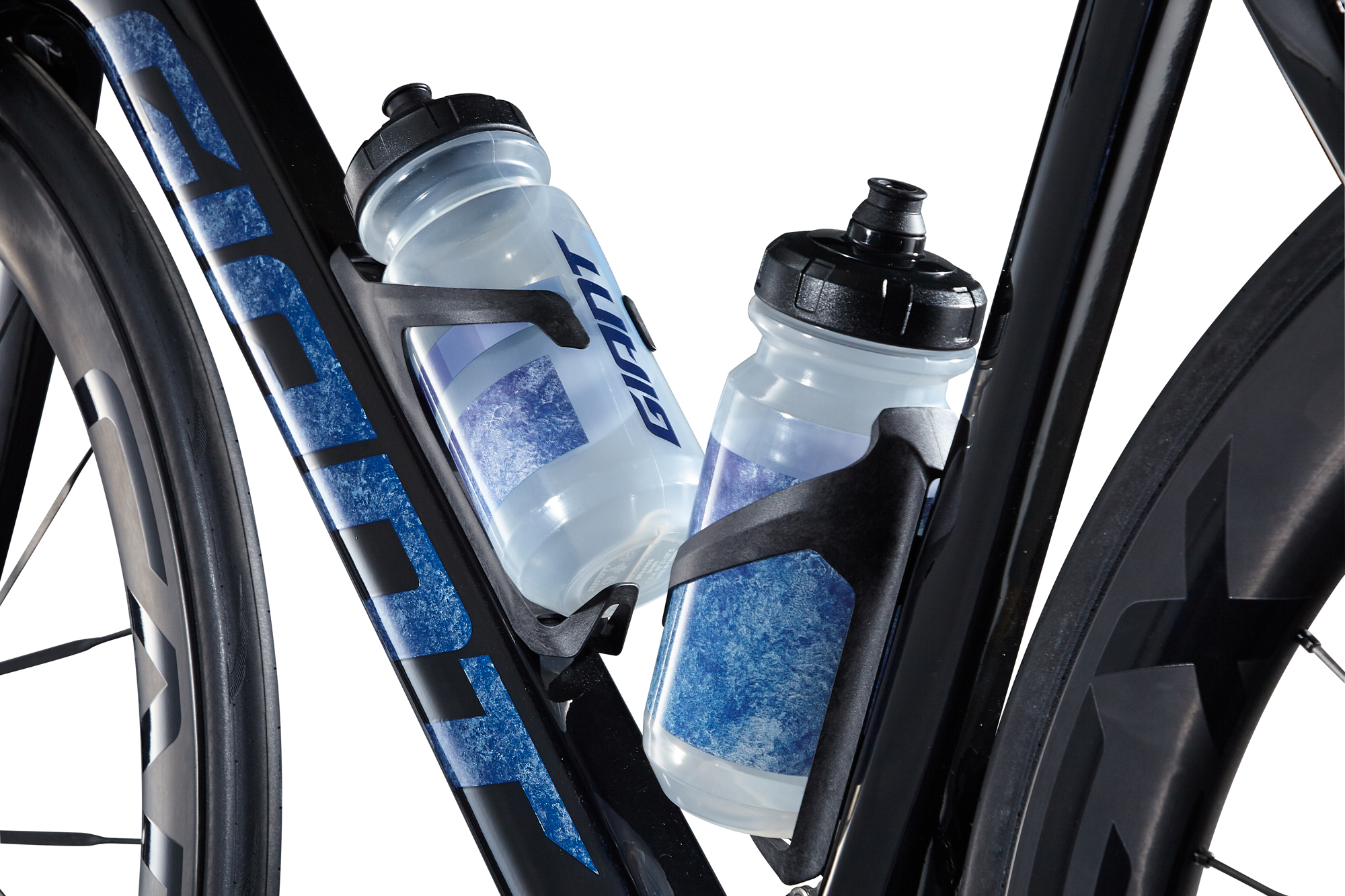
Another rule change that caught the eye relates to bottle cages. The popularity of dedicated aero race bikes has resulted in plenty of attention being paid to the bottle cages, and more importantly, how they impact on drag.
It's an area of the bike that receives plenty of attention from the engineers given that it creates plenty of turbulence. Trek raised the height of the bottom bracket ‘shelf’ on its latest Madone, closing the gap between it and the bottle cage, to reduce drag in this area. Giant went one better and designed two bottle cages for the latest iteration of the Propel Advanced SL to improve the aerodynamic performance of both the down tube and the seat tube where the cages sit. Perhaps the most extreme example is to be found on Colnago’s TT1 time trial bike that features a fully integrated bottle and cage.
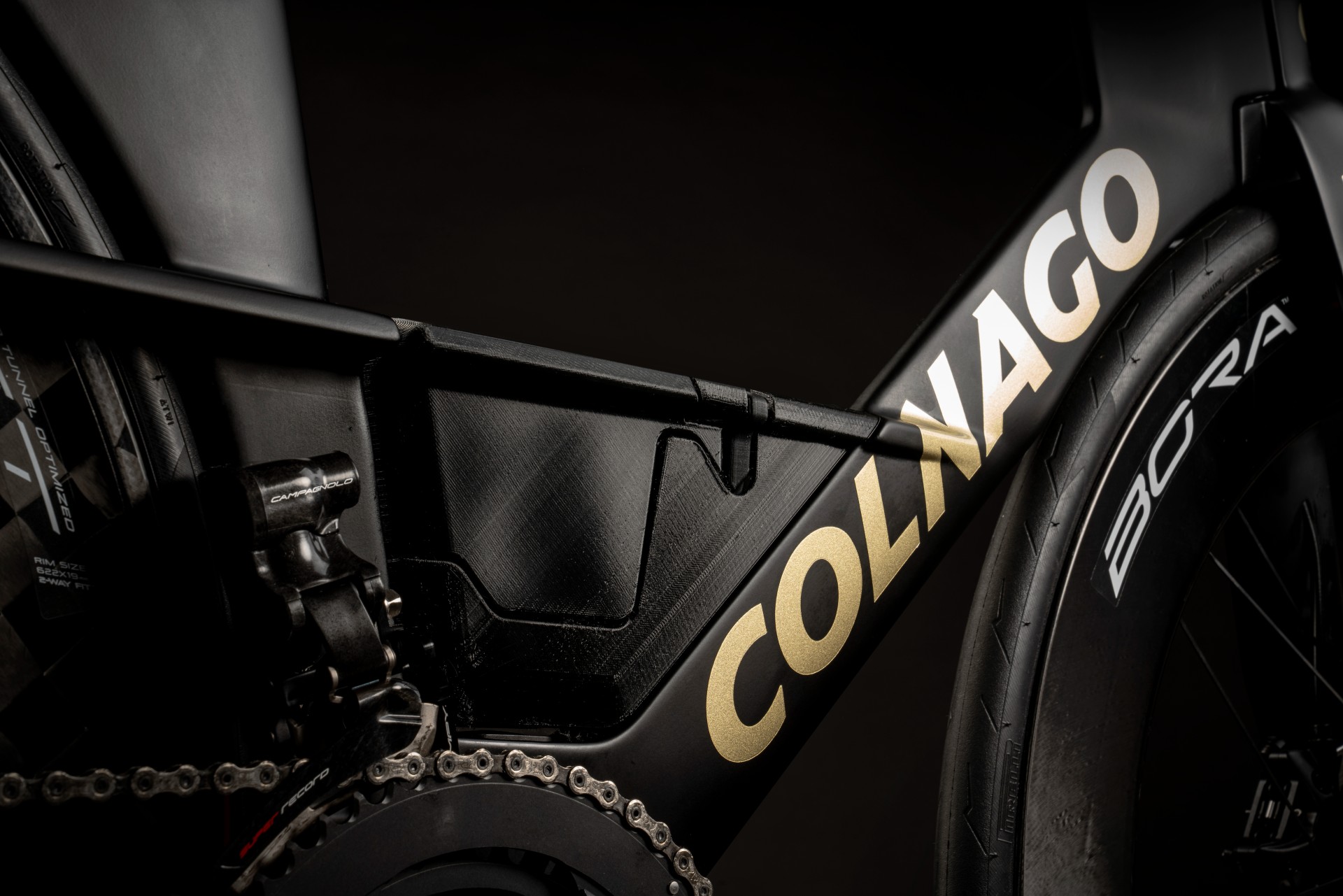
The new UCI regulations only state that “bottle cages that are integrated must be submitted by a manufacturer to the UCI during the approval procedure for framesets, and in any case before use in competition.” All of which means current designs will probably still meet approval but the rule has been implemented to prevent any radical designs that cross the line between integration and out-and-out fairings.
The complete 2023 guide can be found on the UCI website

Thank you for reading 20 articles this month* Join now for unlimited access
Enjoy your first month for just £1 / $1 / €1
*Read 5 free articles per month without a subscription

Join now for unlimited access
Try first month for just £1 / $1 / €1
Get The Leadout Newsletter
The latest race content, interviews, features, reviews and expert buying guides, direct to your inbox!
Luke Friend has worked as a writer, editor and copywriter for twenty five years. Across books, magazines and websites, he's covered a broad range of topics for a range of clients including Major League Baseball, the National Trust and the NHS. He has an MA in Professional Writing from Falmouth University and is a qualified bicycle mechanic. He has been a cycling enthusiast from an early age, partly due to watching the Tour de France on TV. He's a keen follower of bike racing to this day as well as a regular road and gravel rider.
-
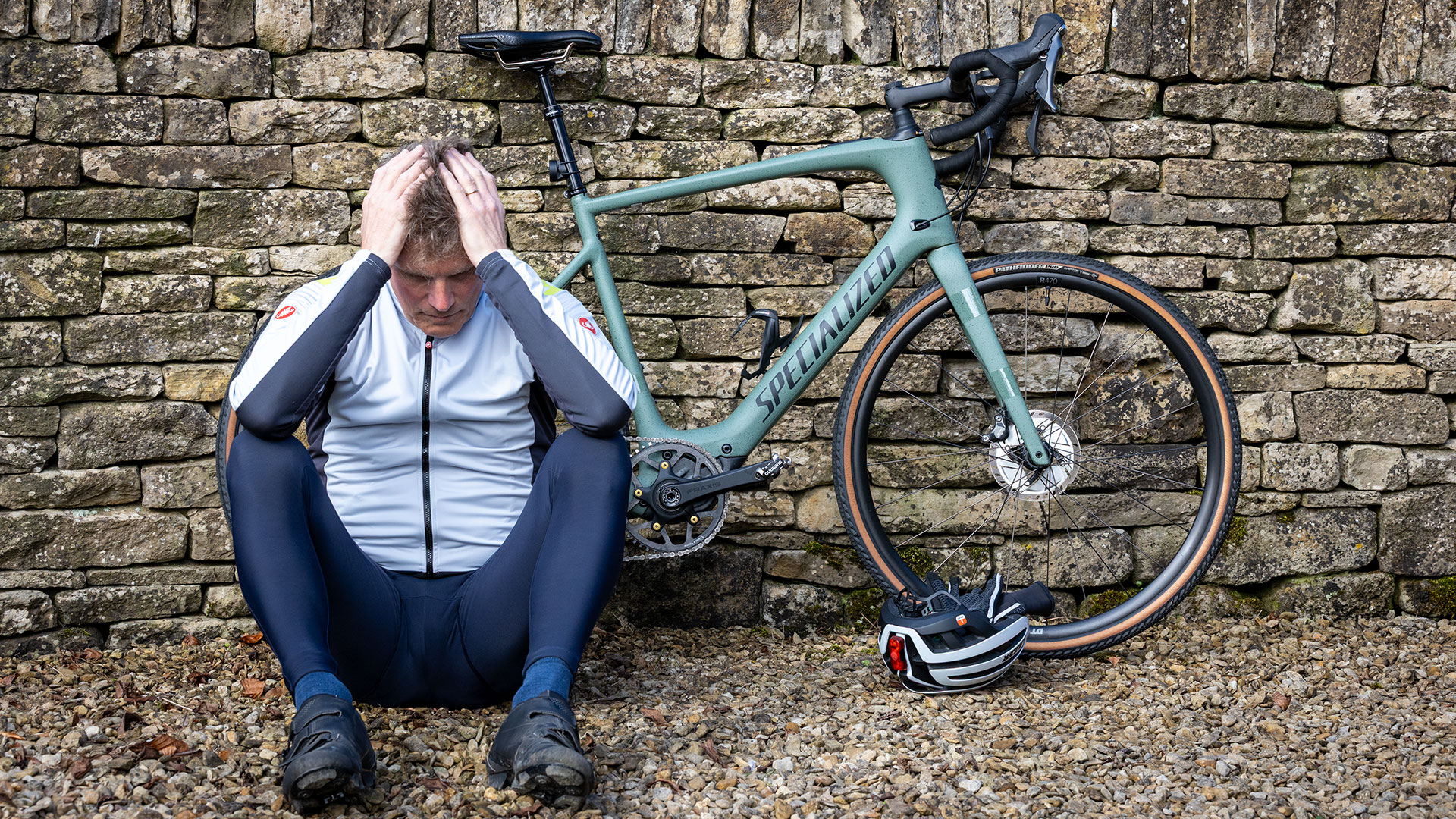 Why do I feel like a cheat every time I ride my e-bike?
Why do I feel like a cheat every time I ride my e-bike?I love my e-bike but struggle with the shame that accompanies me on my rides. Why?
By Simon Fellows
-
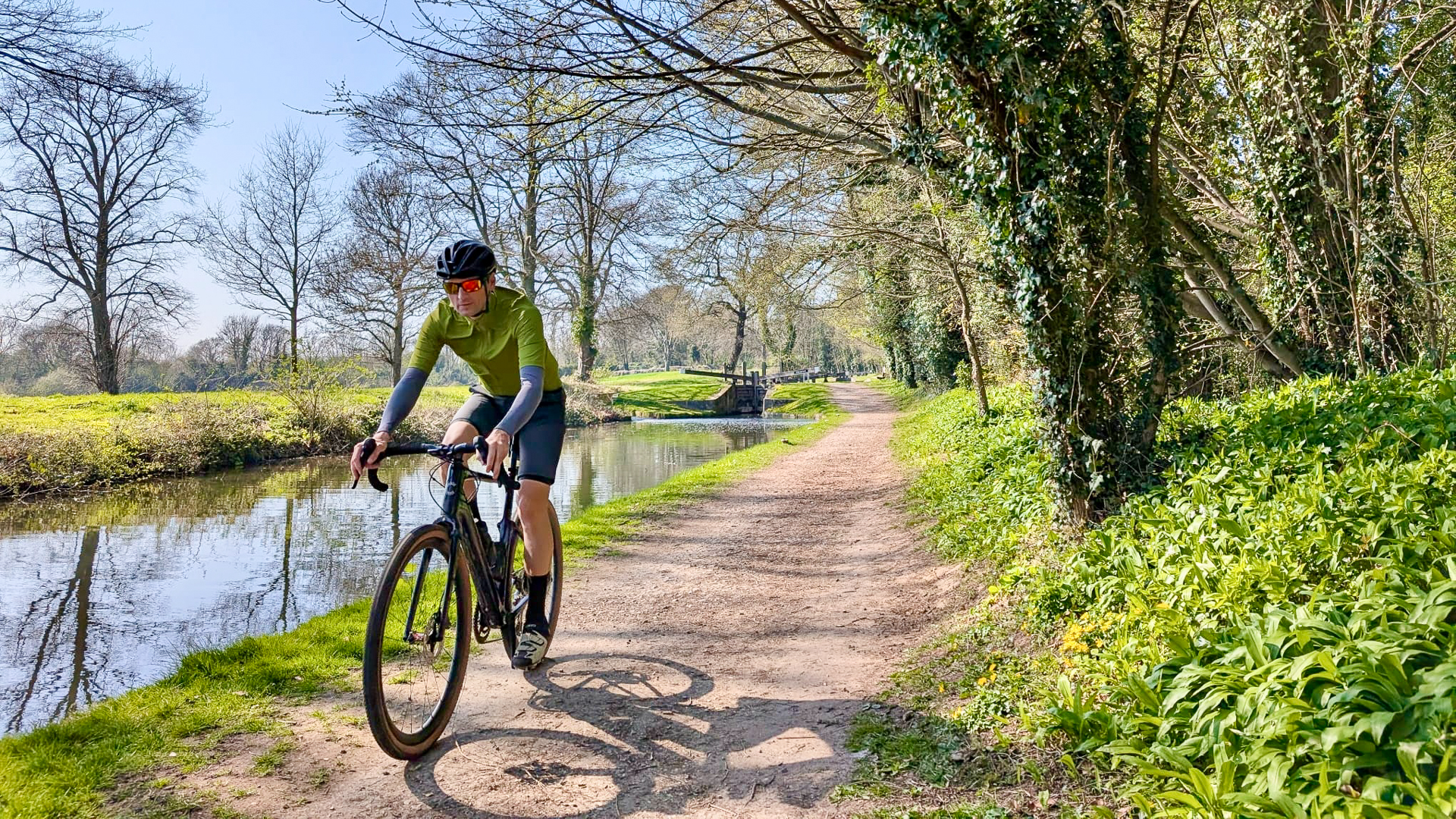 WTB Vulpine S TCS Gravel Tyre review - turbo charge your gravel racing (in the right conditions)
WTB Vulpine S TCS Gravel Tyre review - turbo charge your gravel racing (in the right conditions)The WTB Vulpine S TCS Gravel Tyre is unashamedly aimed at riders who value speed above all else; mudpluggers need not apply
By Tim Russon